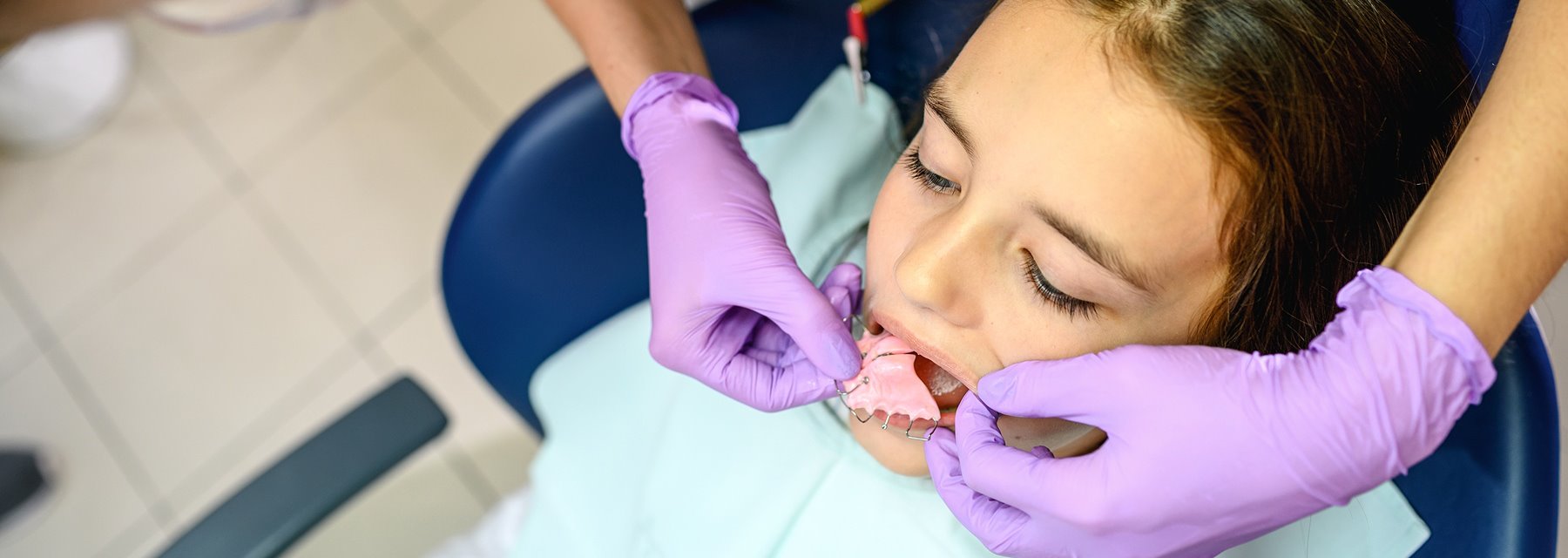
Retention
One day in the not-too-distant future, your braces will come off. You'll be free of bands and brackets, able to eat what you want and run your tongue over smooth, clean teeth. But, even on this happy occasion, please remember that you're not quite done with orthodontic treatment yet: The next phase, called retention, is just beginning.
Retention is a critical follow-through stage that typically involves wearing an orthodontic appliance called a retainer. Several different kinds of retainers are available, all of which are custom-made just for you. We will recommend the type (or types) that will work best in your situation, and we'll tell you exactly when and how long you need to wear them.
Retainers
Finally, fixed retainers may be an option for some people, especially on the lower front teeth. As their name implies, they aren't removable by the wearer — but they aren't visible either. This system uses a wire which is bonded to the tongue side of the teeth. It may remain in place for months, or longer. This type of retainer is sometimes recommended when there's a high risk that teeth could revert to their former position.
A Period of Adjustment
After a short time, most people adjust quite well to wearing a retainer. Some may find that they produce more saliva than usual for a day or so after first wearing any type of retainer — a normal reaction to a foreign object in the mouth. You may also find it a little harder to talk normally at first, but that problem will soon disappear. Of course, removable retainers should always be taken out when you eat or brush your teeth — a big change from braces!
At first, you will probably be told to wear your removable retainer all day, every day. This period of 24/7 retainer use generally lasts from several months to a year. Later, we may say that it's OK to wear it only at night. Finally, you'll probably need to put it on just a few nights a week.
Maintaining Your Retainer
To stay fresh and germ-free, all retainers need proper cleaning. A soft toothbrush and a few drops of dishwashing liquid or other mild liquid soap can be used to clean most removable retainers. Denture cleaners, in powder or tablet form, as well as special retainer cleaners, can also be used. Fixed retainers are cleaned by brushing and flossing; a floss threader or interproximal brush can also be a helpful cleaning tool when needed.
Finally, remember to always carry — and use — a retainer case. You'd be surprised how many retainers end up folded in a napkin and accidentally discarded! Also, don't expose your retainer to excess heat by washing it in very hot water or leaving it on a heater: That can cause the retainer to warp and make it unusable. With proper care and conscientious use, a retainer can help you transition from braces to a permanent, healthy smile.
